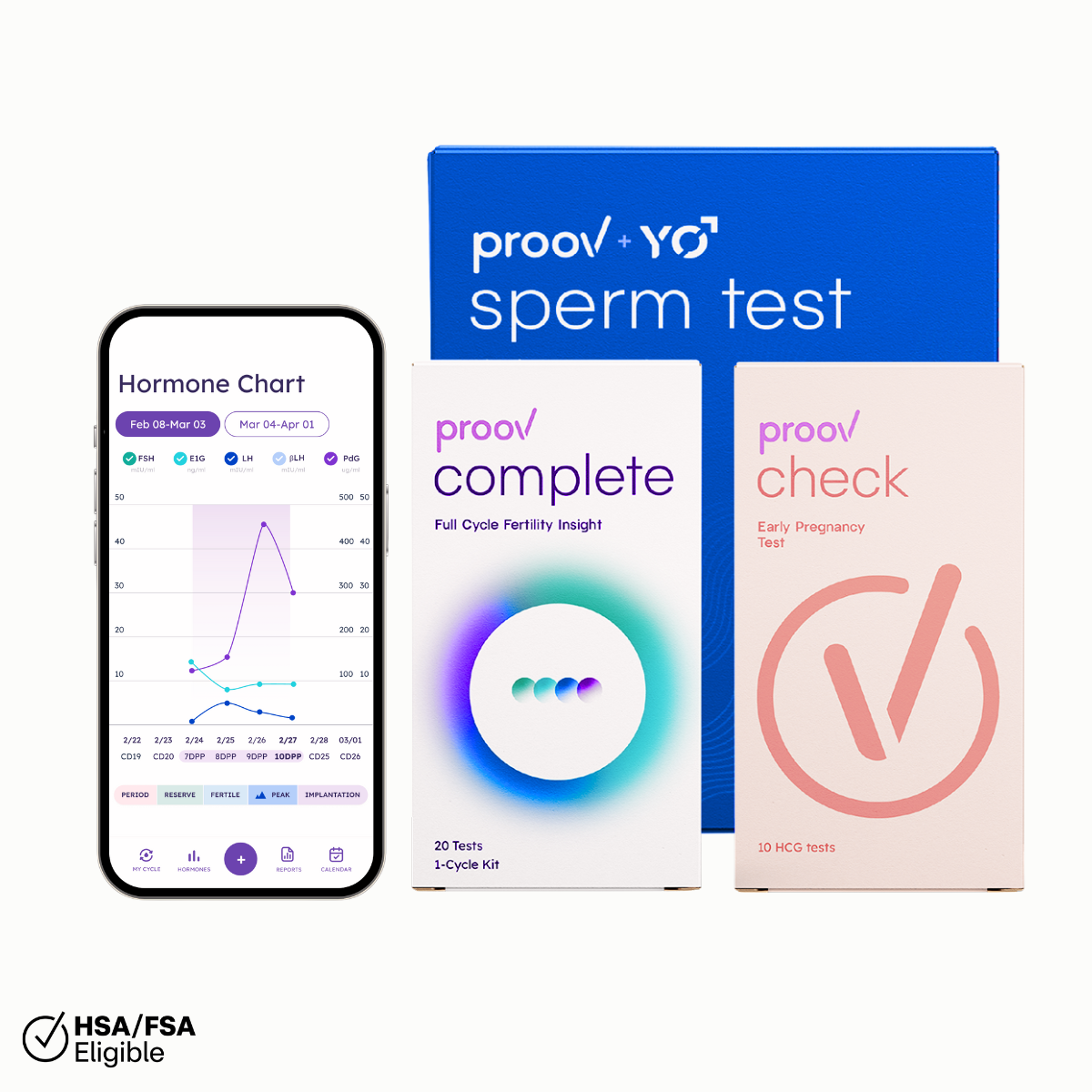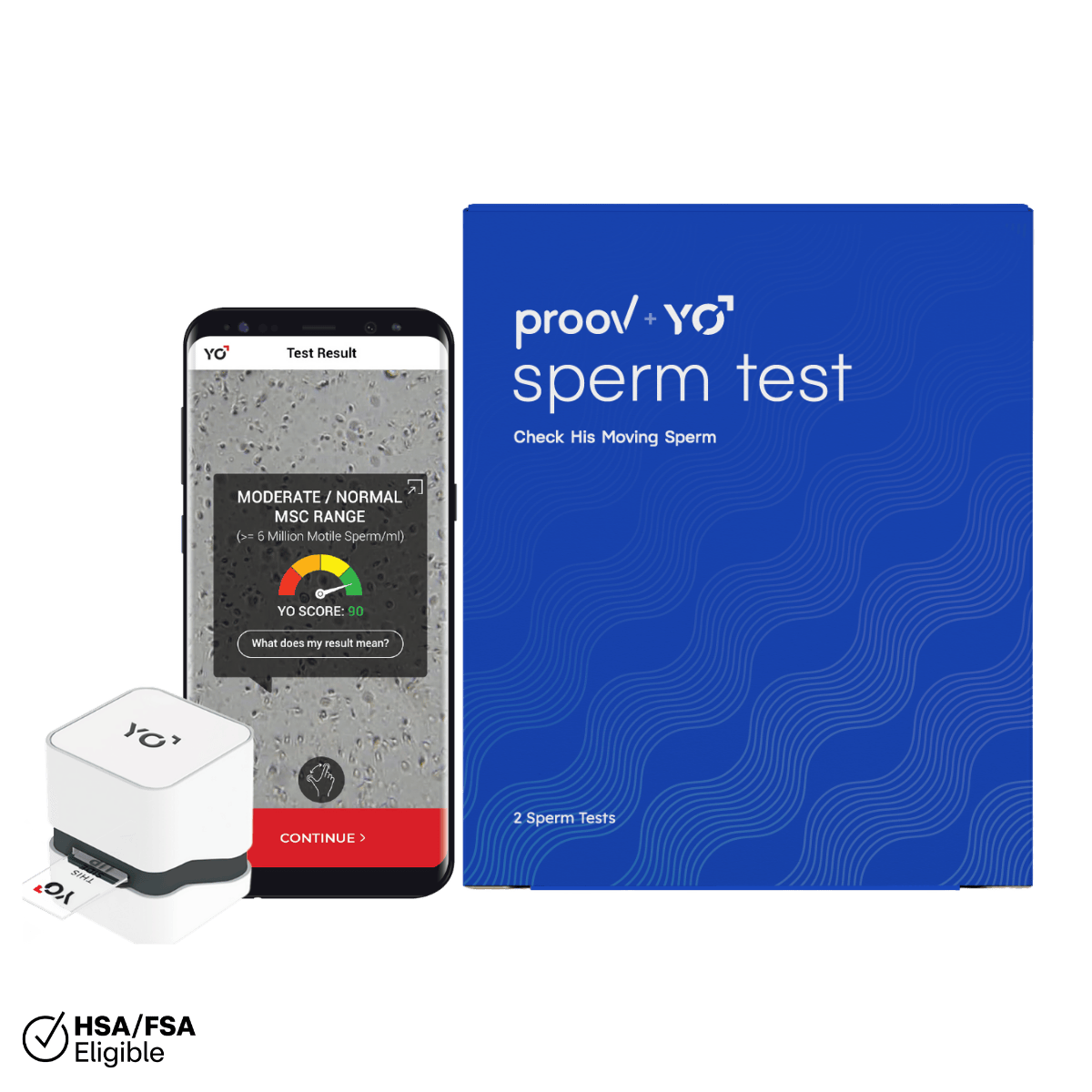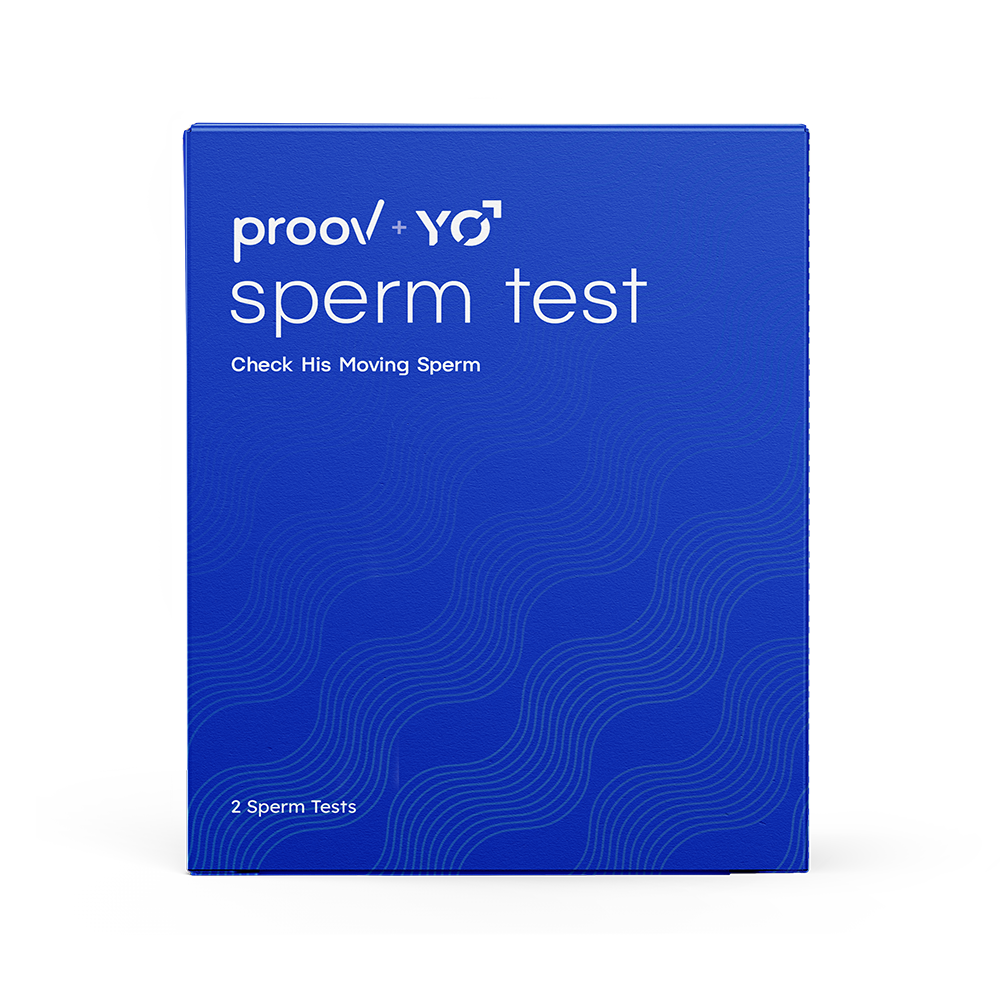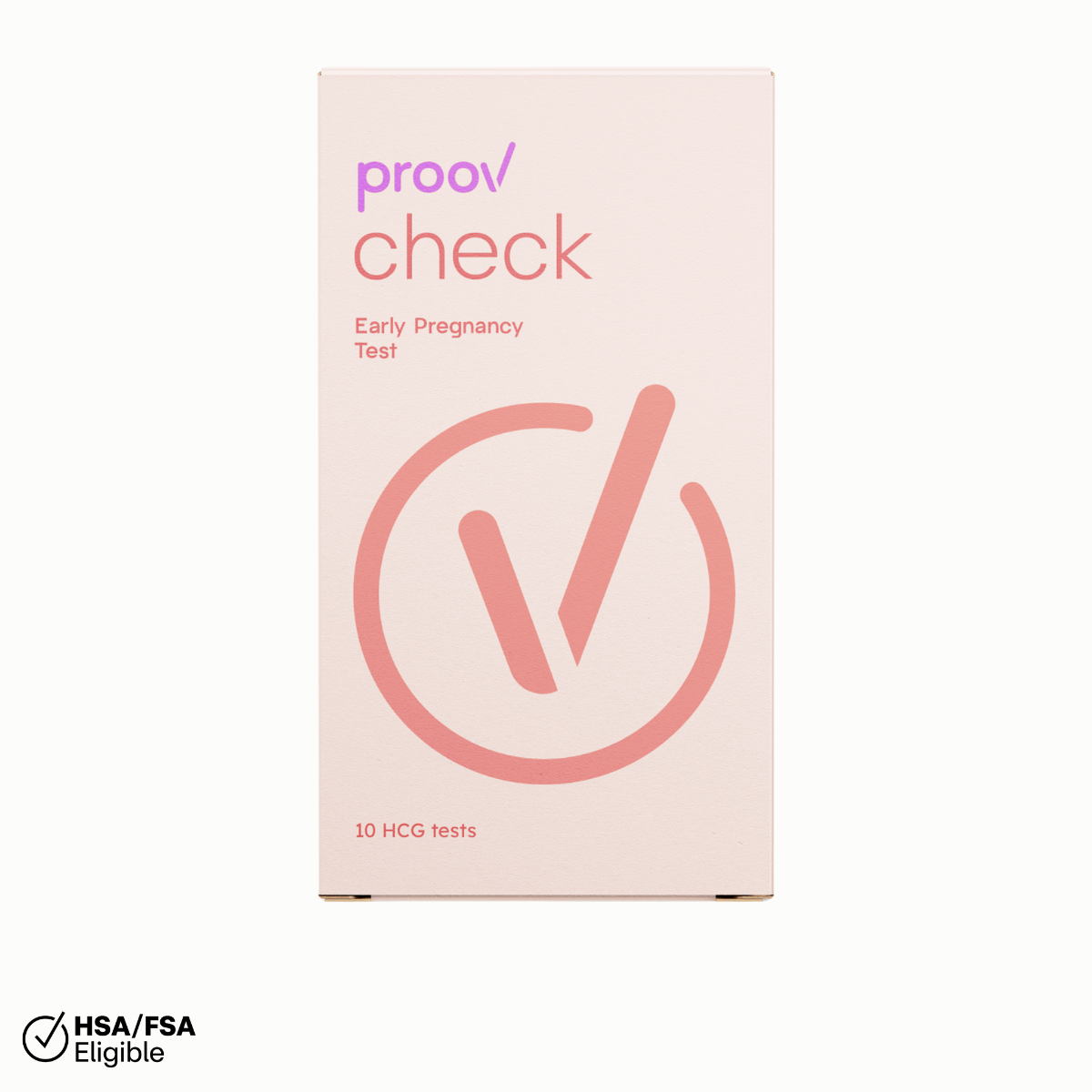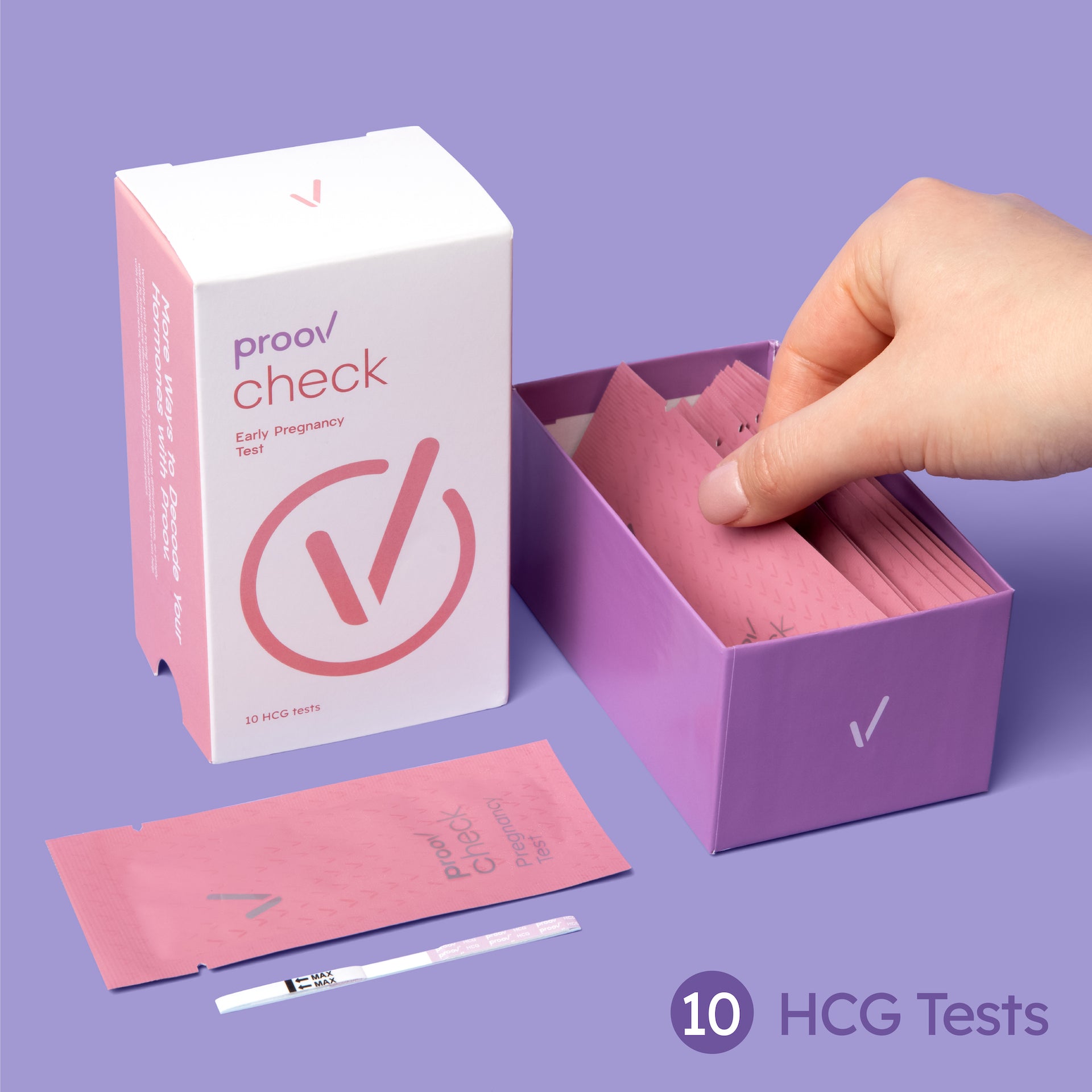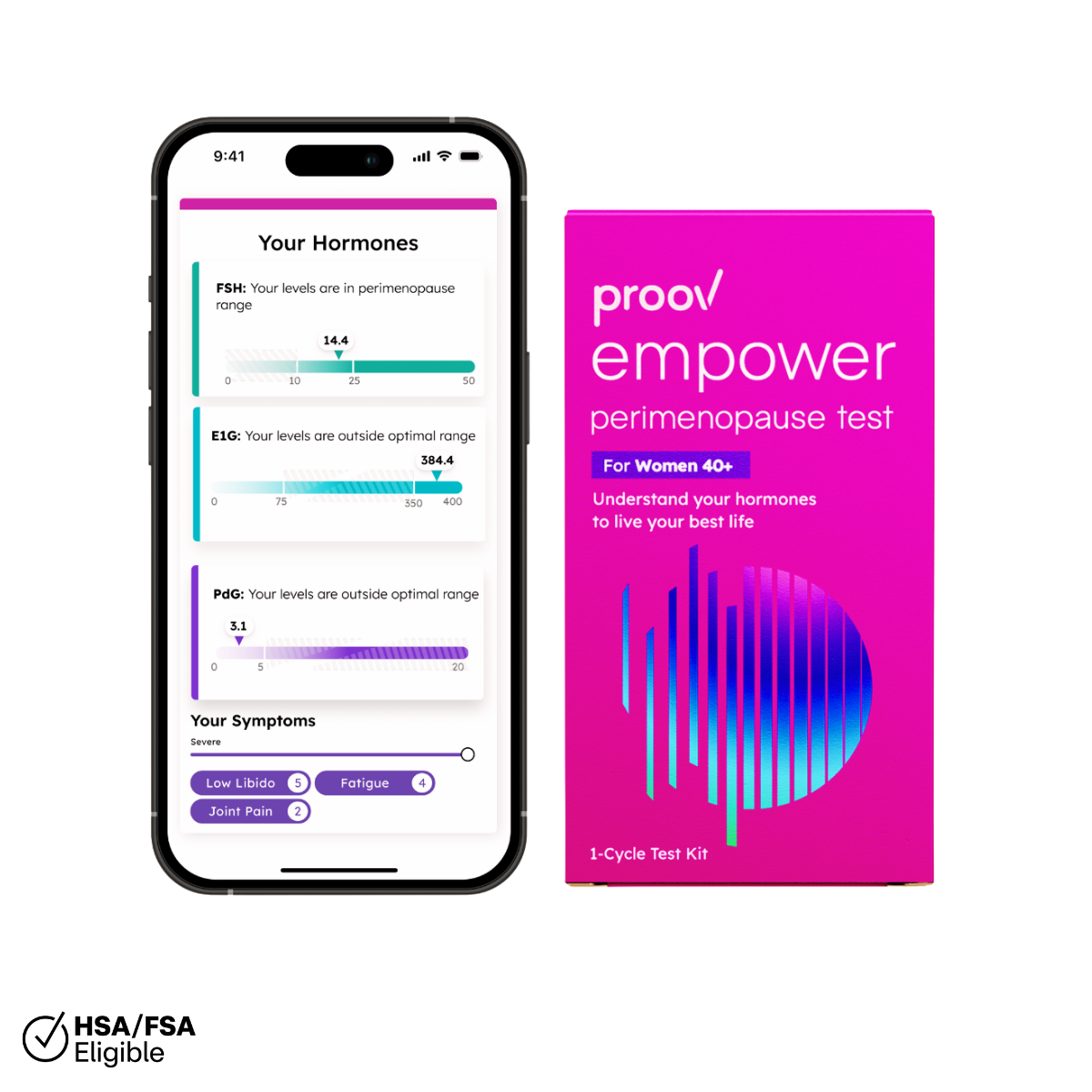So you’re wondering if everything is working properly when it comes to your fertility? Welcome to the club.
Whether you’re just starting to think about having a baby or you’ve been trying for a while, figuring out how to test fertility can feel overwhelming.
But here’s the reassuring truth: it’s not as complicated as it might seem. And there are more options than ever to help you get real answers.
From comprehensive clinic visits to convenient at-home options, we’re breaking down everything you need to know about fertility testing.
Let’s explore how to check fertility effectively and get you the answers you need.
TL;DR
How to test fertility: Fertility testing involves evaluating reproductive health through hormone tests, imaging studies, and laboratory analyses to determine your ability to conceive. For women, this includes fertility blood work to check hormone levels and ovarian function. For men, it primarily involves semen analysis to assess sperm health.
What is a fertility test?
A fertility test is a medical evaluation that assesses your reproductive health and ability to conceive. Think of it like your fertility report card. These tests examine:
-
Hormone levels
-
Reproductive organ function
-
Overall fertility potential
They do this through various methods, including fertility blood work, imaging studies, and lab analyses.
In the U.S., about 13% of reproductive-age women seek treatment for infertility each year. This makes fertility testing an increasingly important healthcare consideration.
How do fertility tests work?
Fertility tests work by evaluating different aspects of reproductive health:
For women, testing evaluates:
-
Whether your ovaries are releasing healthy eggs
-
If your hormones are working together properly
-
Whether everything is structurally sound
This is all done through fertility blood work and imaging.
For men, the focus is on sperm health. This includes:
-
Count
-
Movement
-
Shape
People test for various reasons. Maybe you like having information before starting your family journey. Maybe you’ve been trying for months and want answers. Or maybe you have a gut feeling that something might be off.
Whatever brings you here, testing gives you valuable knowledge.
When should you get tested?
You should consider fertility testing if:
-
You’re under 35 and have been trying to conceive (TTC) for 12 months
-
You’re 35 or older and have been trying for 6 months
-
You have irregular or absent periods
-
You have a history of pelvic inflammatory disease (PID) or STIs
-
You’ve experienced pregnancy losses or complications
-
You have known conditions like endometriosis or PCOS
-
Your partner has known fertility issues
According to medical guidelines, getting tested sooner rather than later can help identify issues early and save you time and stress.
Fertility tests for women
A fertility test for women evaluates multiple aspects of reproductive health, including hormone levels, ovarian function, and reproductive organ structure.
Women’s fertility testing is more complex than men’s, but it’s designed to give you a comprehensive picture of your reproductive health.
Preparation for women’s fertility tests
To prepare for women’s fertility tests:
-
Track your menstrual cycle for at least one month
-
Schedule tests at appropriate cycle times — day 3 for baseline hormones and day 21 or 7DPO (days past ovulation) for progesterone
-
Gather medical history, including previous pregnancies and current medications
-
Ask about fasting requirements for certain fertility blood work
-
Plan for multiple appointments across your cycle
What to expect during the women’s fertility test
A thorough evaluation involves several appointments across your cycle.
Women’s fertility testing typically includes:
Day 3 fertility blood work:
-
FSH (follicle-stimulating hormone)
-
LH (luteinizing hormone)
-
Estradiol
-
AMH (anti-mullerian hormone)
Day 21 testing:
→ Learn more about when to take a pregnancy test after ovulation
Imaging studies:
-
Transvaginal ultrasound
-
Hysterosalpinogram (HSG) if indicated
Additional tests may include:
-
Thyroid function tests
-
Prolactin levels
-
Glucose tolerance testing
How to read the women’s fertility test
Understanding your results doesn’t have to feel like decoding hieroglyphics. Key markers include:
-
FSH levels (higher numbers may indicate diminished ovarian reserve)
-
AMH levels (reflect your egg supply)
-
Progesterone levels (adequate levels confirm ovulation)
Here are the normal ranges to expect:
-
FSH: 3-20 mIU/mL
-
AMH: 1.0 - 4.0 ng/mL
-
Progesterone: >3 ng/mL for ovulation confirmation
Next step after the women’s fertility test
If your results are normal, keep trying with confidence!
If issues are identified, don’t panic. There are more treatment options than ever.
For ongoing monitoring, consider tools like the Proov Complete Fertility Testing System to track patterns between fertility visits.
Fertility tests for men
Male fertility testing primarily focuses on semen analysis to evaluate sperm health. Men contribute to fertility challenges in about 40-50% of infertility cases, making testing equally as important.
Preparation for men’s fertility tests
Preparation is straightforward:
-
Abstain from ejaculation for 2-5 days
-
Avoid heat exposure (hot baths, saunas, tight clothing)
-
Review medications with your provider
This ensures optimal sperm concentration in your sample.
What to expect during the men’s fertility test
The main test is semen analysis, either at a clinic or using at-home options like the At-Home Sperm Test for Male Fertility. Labs analyze:
-
Sperm count and concentration
-
Motility (movement quality)
-
Morphology (shape)
-
Volume
-
pH
How to read the men’s fertility test
Normal parameters (according to WHO guidelines) are:
-
Sperm concentration: ≥ 15 million/mL
-
Total motility: ≥ 40%
-
Normal morphology: ≥ 4%
-
Volume: ≥ 1.5 mL
Next steps after the men’s fertility test
Normal results mean keep trying!
Abnormal findings are often treatable through lifestyle changes. You might also want to consider supplements like Popstar Male Fertility Supplement or medical interventions if your doctor feels they’re a fit for you.
Where can I get a fertility test?
You have several options for a fertility test: fertility clinics for a comprehensive evaluation, OB-GYNs for basic testing, or at-home options for convenient screening.
Can I get a fertility test at home?
Yes, at-home fertility testing includes hormone testing, ovulation tracking, and male fertility assessment.
Options like Hers and His Advanced Fertility Test for Couples provide comprehensive screening for both partners.
Benefits include:
-
Privacy and convenience
-
Lower costs than clinic testing
-
Flexible scheduling
Are at-home fertility tests accurate?
High-quality at-home tests can be quite accurate when used correctly. Studies show they’re excellent for initial screening, through comprehensive testing may detect additional issues.
→ For detailed information about at-home fertility test accuracy, read our comprehensive analysis here
Costs and accessibility
Fertility testing costs vary significantly:
-
Clinic testing: $200-$3,000 depending on complexity
-
At-home testing: $50-200 for most options
Insurance coverage also varies a lot. Many plans cover basic fertility testing when medically indicated, but major disparities exist in access to fertility care between different insurance types.
Frequently asked questions about fertility tests
Can your OB-GYN do fertility testing?
Yes, most OB-GYNs can perform basic fertility testing, including fertility blood work, ultrasounds, and initial evaluations. They can also refer you to specialists when needed. Starting with your OB-GYN is often the most accessible first step to check fertility.
Can you test fertility with an IUD?
It depends on the type. Hormonal IUDs can affect hormone levels in fertility blood work. Copper IUDs, however, don’t interfere with most testing. Some imaging studies may require temporary removal.
Does Medicaid cover fertility testing?
Medicaid coverage varies by state. Basic diagnostic testing is often covered when medically necessary, but coverage for advanced treatments varies greatly. Check your specific plan for details.
Conclusion
Understanding how to test fertility doesn’t have to be overwhelming. Whether you choose clinic testing or start with at-home options, taking action gives you valuable insights into your reproductive health. Modern fertility testing empowers you to make informed decisions about your family-building journey, and that knowledge puts you in control.
Sources
CDC National Survey of Family Growth - Infertility Statistics
American Society for Reproductive Medicine - Diagnostic Evaluation of the Infertile Female
Progesterone Analysis to Assess Ovulatory Status - PubMed
Male Factor Infertility: Evaluation and Management - PMC
World Health Organization Laboratory Manual for Examination of Human Semen - PubMed
Home-Based Male Fertility Testing: A Systematic Review - PubMed
Differences in Use of Fertility Treatment Between People with Medicaid and Private Insurance - PMC


